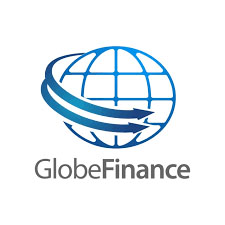Chloe Domat
Earnings and profitability for banks in Gulf Cooperation Council (GCC) states will be weaker this year due to deterioration in nearly all their sources of income. They’re suffering from low asset growth; tighter margins on the back of declining domestic interest rates, together with loan support for clients; lower fee income; and higher credit impairment charges. Loan asset quality, too, will weaken due to a downturn in all business banking segments as economic growth slumps.
Both the conventional banks and the Islamic financial institutions with which they compete will record weaker performance; but Islamic banks, due to their structure and focus, may cope better.
“We believe that the pandemic will affect both conventional and Islamic banks,” says Junaid Ansari, head of Research and Strategy at Kamco Invest, Kuwait. “That said, the health of the individual banks will determine the level of impact.
According to our calculations based on quarterly earnings for Q4 2019, GCC Islamic banks have a slightly higher average loan-to-deposit ratio at 82% against 80% for conventional banks,” driven principally by those based in Saudi Arabia and Qatar.
According to Ansari, margins for GCC Islamic banks stood at 3.4% in 2019 against 3% for conventional banks in the region, which supports greater profitability based on a higher utilization of deposits.
GCC banks lowered interest rates in March by 125 basis points, in most cases following the US Federal Reserve’s rate action. Margins will decline, but Islamic banks’ greater margin buffer may help them record better returns this year than their rivals.
“The actual impact of the pandemic will vary from institution to institution, depending on how diversified their overall book is and to which sectors it is geared,” says Aditya Pugalia, director of Financial Markets Research at Emirates NBD. “Having said that, Islamic banks tend to have a higher net interest margin compared to that of conventional banks. At a time when interest rates have slumped, this higher margin could provide a greater buffer to interest income compared to that of conventional banks.”
Gulf Islamic banks generally entered 2020 with quality loan portfolios; one major challenge may be their tendency to a high exposure to real estate, through either direct finance or facilities that can be supported by real estate assets as part of the transaction or as collateral. The GCC’s real estate sector has faced headwinds over the last few years. Pressure is likely to grow this year and next as demand falls on weaker economic and investment growth and supply flow continues. Both the real estate and the construction sectors may be sources of higher credit impairments.
Islamic banks in the region nevertheless have generally good financial profiles to absorb higher impairments.
Capital adequacy ratios are high in the GCC. Moreover, Islamic banks accept funds from deposit customers either as risk-bearing investment accounts or on a basis where no risk is assumed by the customer and no profit share is earned. Hence, for certain types of customer deposit, the customer assumes some risk, which supports the bank’s overall capacity to absorb losses. Coutesy—Global finance









